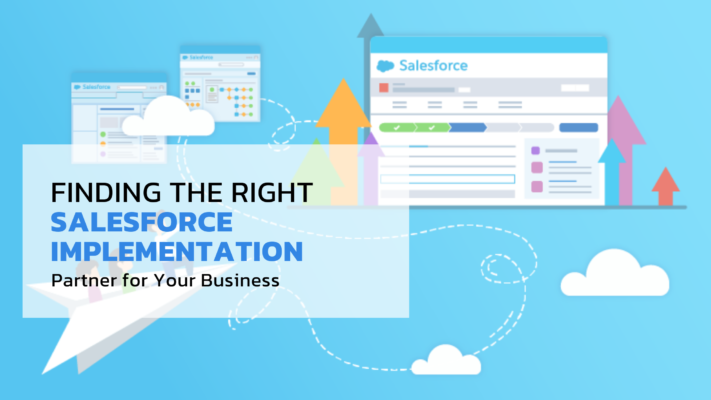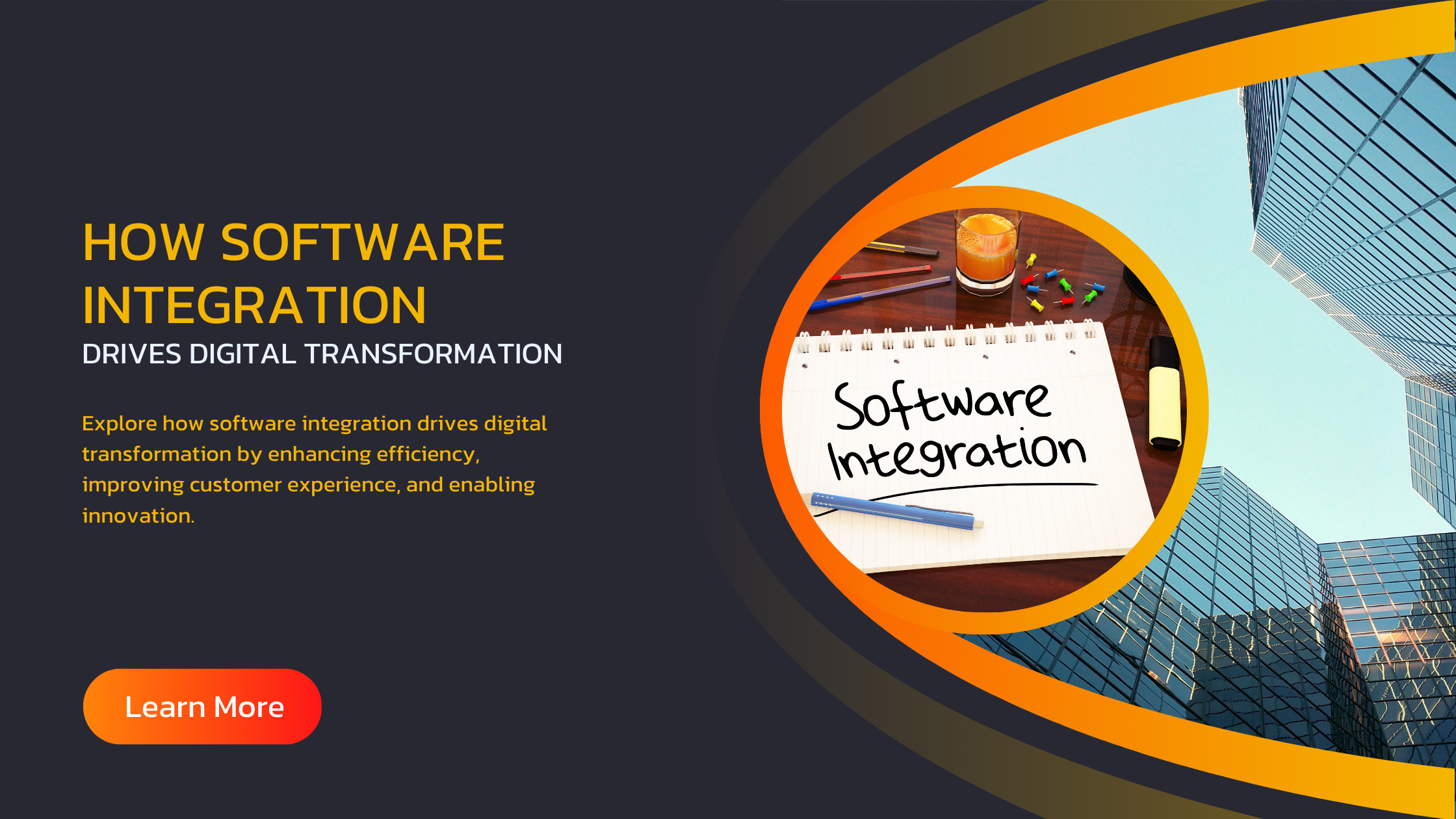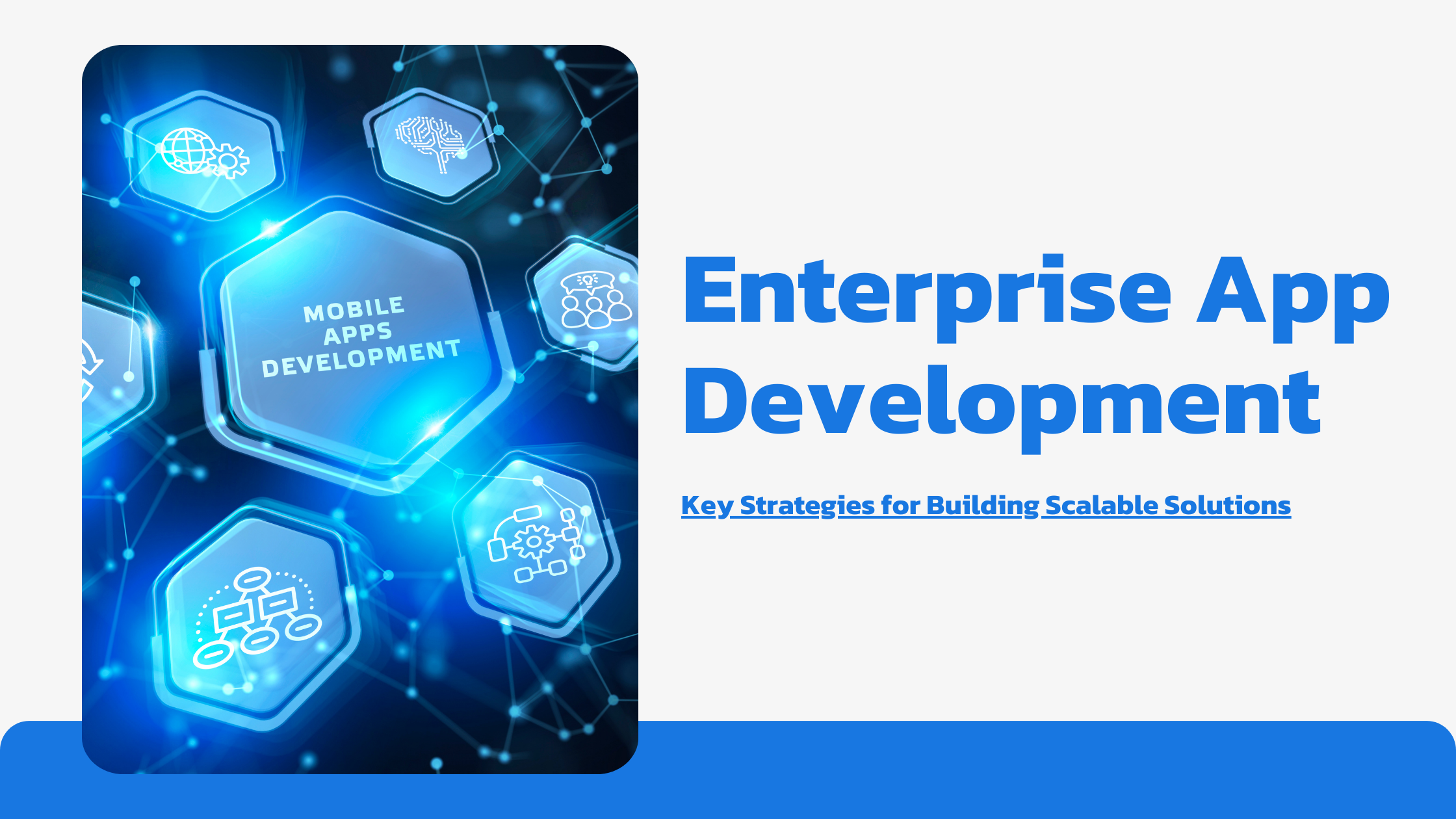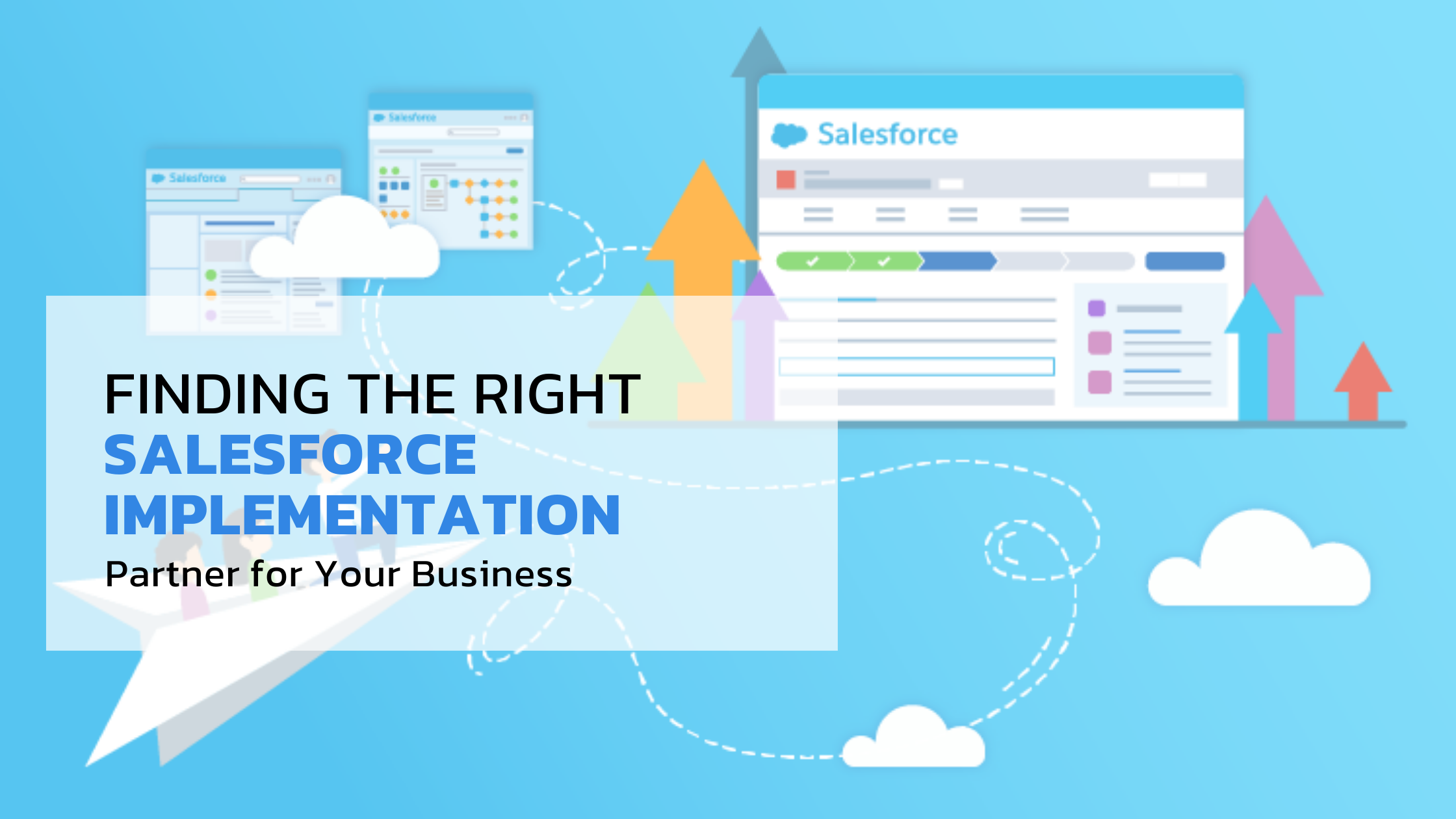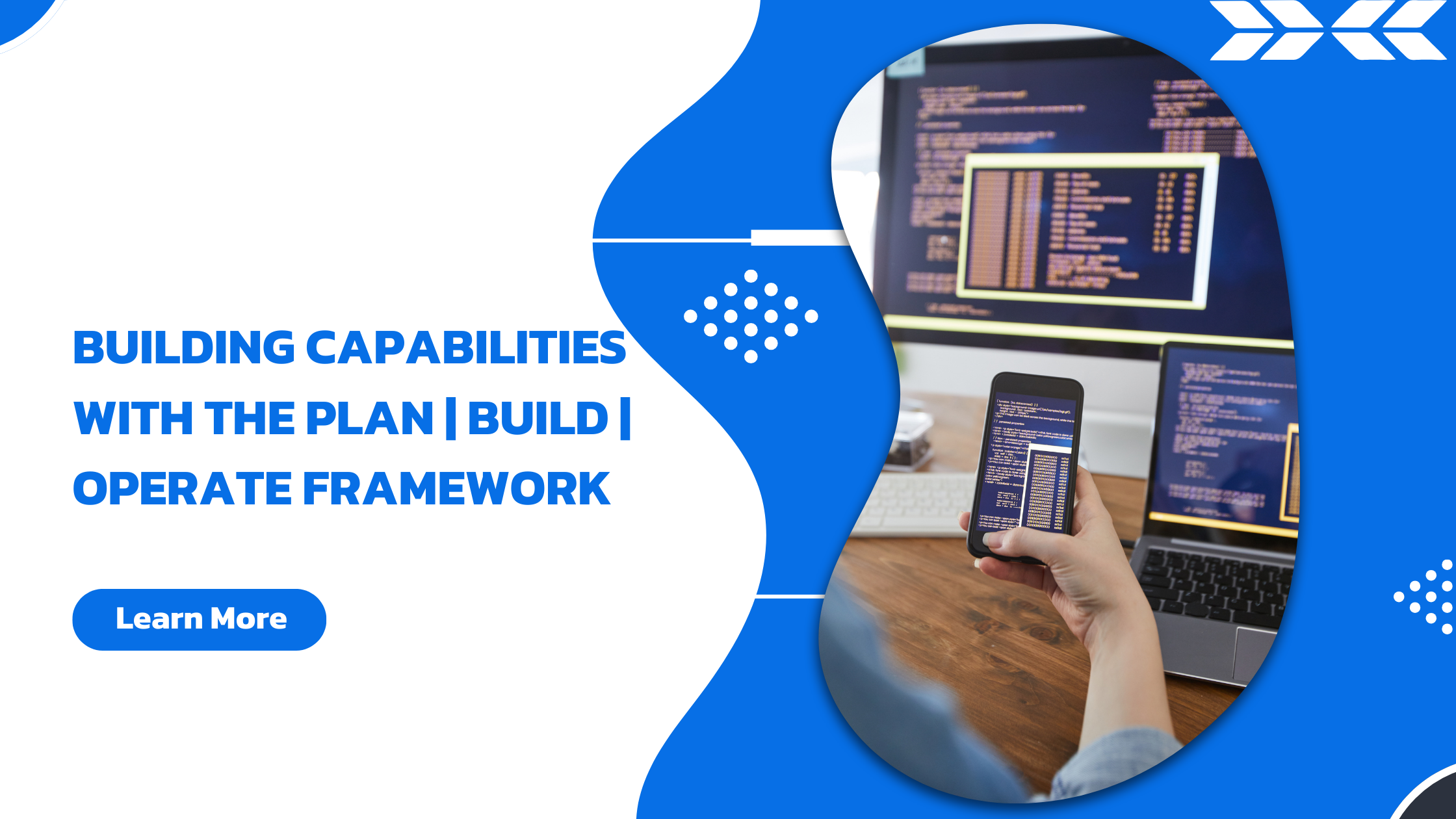
The Plan | Build | Operate Framework (PBO Framework) is a strategic approach that enables organizations to build capabilities effectively. It streamlines the project lifecycle by breaking it down into three distinct yet interconnected phases: Planning, Building, and Operating. This structured methodology empowers businesses to achieve their goals, adapt to market changes, and foster innovation, ensuring that they remain competitive in today’s fast-paced environment.
Understanding the Plan | Build | Operate Framework
The Three Phases of the PBO Framework

1. Plan
– In the planning phase, organizations define their objectives and establish a comprehensive strategy. This includes identifying the scope of the project, determining the required resources, and setting timelines. Effective planning is crucial as it lays the groundwork for successful execution.
2. Build
– During the building phase, teams execute the plan, developing the necessary infrastructure and delivering the required outputs. This phase is characterized by collaboration among various departments, ensuring that the project is built according to specifications.
3. Operate
The final phase focuses on managing and optimizing the implemented solutions. Organizations assess performance against established metrics, ensuring that new capabilities meet operational needs and adapting to changing conditions.
The Importance of the Plan | Build | Operate Framework
Implementing the Plan | Build | Operate Framework is essential for several reasons:
1. Clarity and Direction
The framework provides clarity in project execution, allowing teams to understand their roles and responsibilities. By establishing well-defined objectives, organizations can reduce ambiguity and streamline decision-making processes.
2. Efficient Resource Allocation
A structured planning phase ensures that resources are allocated efficiently. Organizations can identify the necessary skills, technologies, and tools required for each phase, minimizing waste and maximizing productivity.
3. Collaboration and Teamwork
The PBO Framework promotes cross-functional collaboration, encouraging teams to share insights and expertise throughout the project lifecycle. This leads to innovative solutions and fosters a culture of teamwork.
4. Continuous Improvement and Adaptation
The operating phase emphasizes continuous evaluation and optimization. Organizations can assess their performance against key performance indicators (KPIs), identify areas for improvement, and adapt their strategies based on real-time feedback.
5. Risk Management
By identifying potential risks early in the planning phase, organizations can develop mitigation strategies, reducing the likelihood of project failure and ensuring smoother execution.
Implementing the Plan | Build | Operate Framework
Step 1: Planning Phase
1. Define Objectives
Establish clear and measurable goals aligned with the organization’s strategic priorities. These objectives should be specific, achievable, relevant, and time-bound (SMART).
2. Conduct a SWOT Analysis
Analyze strengths, weaknesses, opportunities, and threats to gain insights into internal capabilities and external market conditions. This analysis will help identify key challenges and potential advantages.
3. Engage Stakeholders
Involve key stakeholders from various departments to gather input, foster buy-in, and ensure alignment. Effective stakeholder engagement enhances collaboration and increases the likelihood of success.
4. Develop a Comprehensive Project Plan
Create a detailed roadmap that outlines tasks, timelines, resource requirements, and risk management strategies. This plan serves as a guide throughout the project lifecycle.
5. Establish Key Performance Indicators (KPIs)
Define KPIs to measure progress and success. These metrics should align with the established objectives and provide a clear framework for evaluating performance.
Step 2: Building Phase
1. Assemble a Cross-Functional Team
Form a team with the necessary skills and expertise to execute the project. Collaboration among diverse teams is critical for effective execution.
2. Develop and Test
Begin the development process, integrating feedback from stakeholders and conducting regular testing to ensure quality. This iterative approach helps identify issues early and allows for adjustments as needed.
3. Monitor Progress
Utilize project management tools to track progress against the project plan. Regularly review timelines, budgets, and resource allocation to identify potential bottlenecks.
4. Foster a Collaborative Environment
Encourage open communication among team members to facilitate knowledge sharing and problem-solving. A collaborative environment enhances creativity and innovation.
5. Conduct Regular Reviews
Schedule periodic reviews to assess progress and address any challenges. These reviews provide an opportunity to realign efforts and ensure the project stays on track.
Step 3: Operating Phase
1. Implement the Solution
Launch the project and ensure all stakeholders are trained and equipped to utilize the new capabilities. Effective training is essential for successful adoption.
2. Evaluate Performance Against KPIs
Continuously monitor performance metrics to assess the effectiveness of the implementation. Collect feedback from users and stakeholders to identify areas for improvement.
3. Adapt and Optimize
Gather insights from performance evaluations and user feedback to make necessary adjustments. This ongoing optimization process helps organizations respond to changing market conditions and enhance operational efficiency.
4. Establish a Continuous Improvement Culture
Foster a culture of continuous improvement by encouraging team members to share ideas for enhancements. Regularly reviewing processes and outcomes will help identify best practices.
5. Document Lessons Learned
Capture lessons learned throughout the project lifecycle to inform future initiatives. This documentation serves as a valuable resource for improving project execution.
Best Practices for Success with the Plan | Build | Operate Framework
1. Engage Leadership and Stakeholders
Ensure that leadership is actively involved in the planning and decision-making processes. Their support is crucial for securing resources and fostering a culture of accountability.
2. Foster Cross-Functional Collaboration
Encourage collaboration among teams and departments to leverage diverse perspectives and expertise. Cross-functional teamwork enhances creativity and innovation.
3. Utilize Technology Tools
Leverage project management and collaboration tools to streamline processes and enhance communication. These tools can facilitate tracking progress and managing resources effectively.
4. Embrace Flexibility
Be prepared to adapt the plan as necessary based on feedback and changing circumstances. Flexibility allows organizations to respond to emerging challenges and opportunities.
5. Focus on Continuous Learning
Promote a culture of continuous learning by encouraging employees to seek professional development opportunities. Investing in skills development enhances organizational capabilities.
Common Challenges and Solutions

While implementing the Plan | Build | Operate Framework, organizations may encounter several challenges. Identifying these challenges and developing effective solutions is essential for successful execution.
1. Resistance to Change
Employees may resist new processes or technologies due to fear of the unknown or a lack of understanding. To address this, organizations should communicate the benefits of the changes clearly and provide comprehensive training.
2. Inadequate Resource Allocation
Insufficient resources can lead to project delays and compromised quality. Organizations must accurately assess resource requirements during the planning phase to ensure that all necessary tools and personnel are available.
3. Poor Communication
Ineffective communication can hinder collaboration and lead to misunderstandings. Establishing clear communication channels and protocols is vital for ensuring that all team members are informed and aligned.
4. Scope Creep
Projects may experience scope creep when additional features or tasks are added without proper evaluation. Organizations should establish a change management process to assess the impact of any changes to the project scope.
5. Lack of Stakeholder Engagement
Failure to engage stakeholders can result in a lack of buy-in and support. Involving stakeholders throughout the planning and execution phases is crucial for building trust and ensuring alignment with organizational goals.
Future Trends Impacting the Plan | Build | Operate Framework
As businesses evolve, the Plan | Build | Operate Framework will also adapt to new trends and technologies. Understanding these trends is essential for staying competitive in the market.
1. Digital Transformation
The ongoing digital transformation across industries is reshaping how organizations approach the PBO Framework. Technologies such as artificial intelligence (AI), machine learning, and data analytics are becoming integral to planning, building, and operating processes.
2. Agile Methodologies
The integration of agile methodologies into the PBO Framework enables organizations to respond quickly to changes and adapt their plans as needed. Agile principles promote flexibility, collaboration, and iterative progress, enhancing project outcomes.
3. Sustainability Initiatives
Organizations are increasingly prioritizing sustainability in their operations. The PBO Framework can be adapted to incorporate environmentally friendly practices, ensuring that projects align with sustainability goals.
4. Remote Collaboration
The rise of remote work and virtual collaboration tools has changed how teams operate. The PBO Framework must adapt to leverage technology for effective communication and collaboration among geographically dispersed teams.
5. Focus on User Experience
As organizations develop new capabilities, there is a growing emphasis on delivering exceptional user experiences. The PBO Framework can incorporate user feedback and usability testing to enhance the effectiveness of implemented solutions.
Conclusion
The Plan | Build | Operate Framework provides a robust strategy for organizations seeking to build capabilities and achieve strategic goals. By meticulously planning, executing, and optimizing projects, businesses can improve efficiency, foster innovation, and drive long-term success.
The structured approach of the PBO Framework ensures that organizations are not only meeting their current needs but are also positioned for future growth and adaptation. By embracing best practices and addressing common challenges, organizations can maximize the benefits of the framework and enhance their operational capabilities.
At Upcore Technologies, we specialize in helping organizations implement the Plan | Build | Operate Framework effectively. Our expertise in project management and operational excellence ensures that your initiatives are successful and aligned with your business objectives. If you’re looking to enhance your operational capabilities, partner with us to leverage the full potential of the Plan | Build | Operate Framework.




